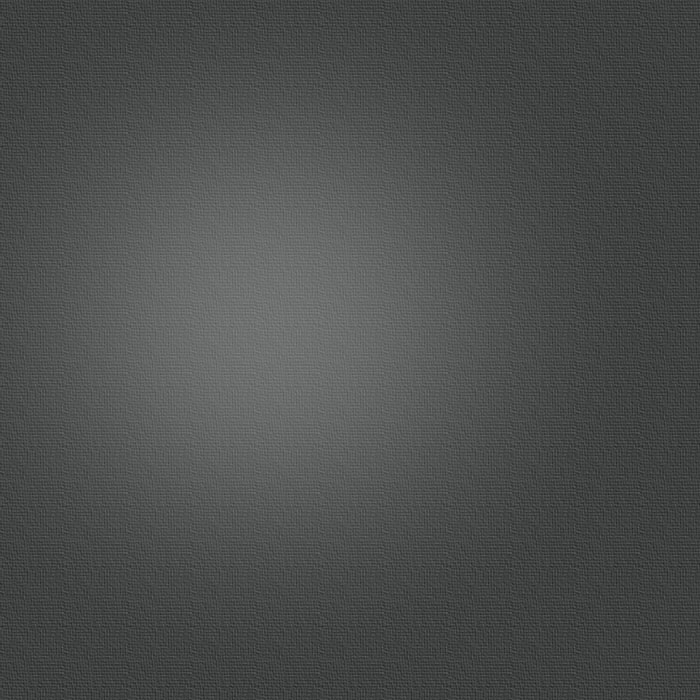Definition
OCT is reflectometry using interferometry with either a broad bandwidth diode source or short pulse laser. This eliminates from discussion those attempting using a short pulse laser with a fast detector, similar to ultrasound, with no interferometer. It would be very difficult to achieve (and perhaps not currently possible) to do this with current detectors so, are they are not included in this discussion. OCT went under a different names (ex: OLCR or LCI) but Mt. McKinley is now called Denali, but it is the same mountain. The name OCT began being used more commonly in 1991 and by 2000, seems to have been universal. The most accurate name is likely infrared low coherence reflectrometry. It is infrared not optical, low coherent not coherent, reflectometry and not transillumination, and not tomographic based the used of this term in medicine. But OCT is likely to stay.
History
1, You can look at A-scan (1 dimensional) OCT being developed in 1981 by four groups (they didn’t need B-scans because they were imaging optical fibers). (Park et.al. McDonald, et.al. Fontaine, J., et.al and Eickhoff W. et.al(doi:10.1364/OL.6.000405, . doi:10.1364/AO.20.001840, . doi:10.1364/AO.20.002389). Park and Fontaine used a time domain approach. McDonald appears the first to use Fourier domain reflectometry in 1981. This group also did swept source, SS-OCT in 1987 (https://doi.org/10.1364/AO.26.000114)but Eickhoff W. et.al. (https://lnkd.in/ejfE4ZmS) did it in 1981 with a different approach.
2. Using a similar system to Fontaine et.al., a team led by J. Fujimoto and E. Ippen would successfully image biological tissue with 1 D OCT . doi:10.1364/OL.11.000150. Fercher, A. and Roth M. also did measurements of the eye in 1986, but they used two interferometers and two lasers, making it challenging to put this under the umbrella of OCT.
3. Using a Michelson interferometer with a diode, that would be 1987 Danielson et.al., Takeda et.al., and Youngquist et.al. (doi:10.1364/AO.26.001603, . doi:10.1364/OL.12.000158, doi:10.1364/ol.12.000158).
-
4.The first 2-D OCT patent appears to be Tanno et al. in Japan in 1990 (Japanese Patent # 2010042), but not outside Japan. They presented the work in 1991in Japanese (Shinji Chiba; Naohiro Tanno, 1991. Backscattering Optical Heterodyne Tomography. 14th Laser Sensing Symposium). If the 1981 papers are not acceptable as inventing OCT, the Tanno et. al. work should be.
But the technology was pioneered for transparent tissue in medicine by James Fujimoto PhD, based on driving the technology forward between 1986 and 1995. It should be noted prior to the in vivo eye studies and the OCT catheter/endoscope, it is unclear if any study was true B-scan. Studies were done with systems like those in 1987, but the stage was moved, moving the tissue. The first 2D OCT publication where layers of the retina were well defined appear to be Hee, et.al. 1995 (DOI: 10.1001/archopht.1995.01100030081025 ) and the beam was scanned in this paper. The first demonstration of structure in non-transparent tissue, confirmed by matched histopathology, was Brezinski, M.E.. et.al. ( DOI: 10.1161/01.cir.93.6.1206)


